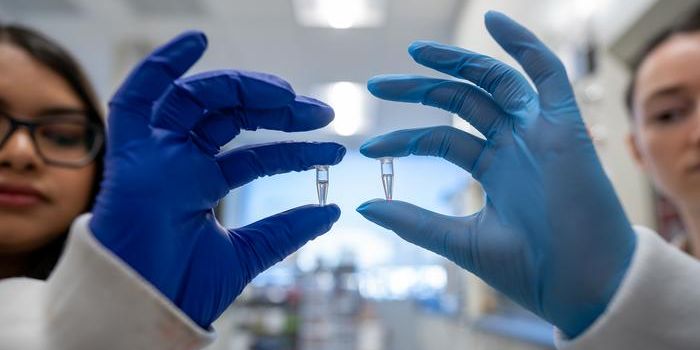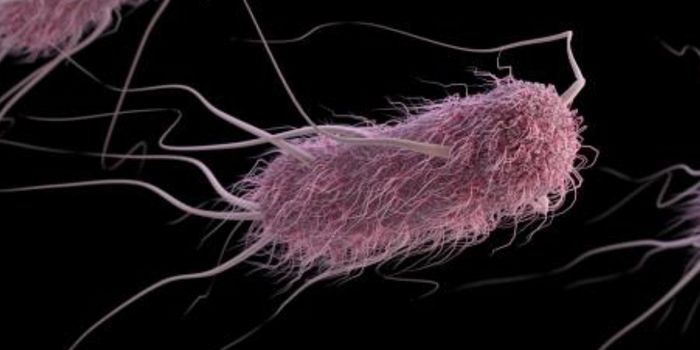Researchers at Baylor College of Medicine have identified a new genetic mutation in a patient that presented with a previously unidentified neurodevelopmental disease. The mutation occurred in the SON gene, which has roles in cell division and DNA replication. A multidisciplinary team
reported their results in the American Journal of Human Genetics. A video of the scientists explaining their study is below.
"Our interest in SON began when one of our patients, who presented with developmental delays, persistent feeding difficulties, and congenital malformations, was going through elaborate genetic testing," explained senior author Dr. Magdalena A. Walkiewicz, an Assistant Professor of Molecular & Human Genetics at Baylor College of Medicine as well as Assistant Laboratory Director at Baylor Genetics.
Finding this mutation suggests the SON gene is critical to normal development and growth. In the patients the researchers observed problems in a wide range of tissues and systems, including brain defects, clearly indicating its relevance to vital processes in the cell. Another clinical feature was failure to thrive, described in the video below.
The investigators utilized software algorithms to sift through thousands of genes. Analysis of thoroughly described clinical features of the disease helped guide their search, which resulted in the finding. This so-called de novo mutation only affected the patient; the parents are not carriers. Once such a disease has been conclusively linked to a particular gene, other patients may be found. Indeed, that turned out to be the case here.
"Usually this is how discovering a gene linked to a disorder starts - you have one patient who has a de novo mutation, then, you do more research and identify additional patients with mutations in the same gene," said Walkiewicz. "We were able to identify six other children with mutations in the SON gene and they all had the same or very similar features. Literature on the function of the gene led us to believe that this gene is likely relevant to the neurodevelopmental disorder in this children."
"This discovery allows physicians to identify patients with the disorder throughout the world using genetic testing," Walkiewicz conntinued. "In addition, physicians would now be able to explain to parents what to expect - to forecast the characteristics of the disorder, how these patients will develop throughout their life and how to plan for their care."
The research has been aided greatly by tremendous advances in genetic sequencing and molecular techniques made in the past few years. In the past, it could be decades before enough was known about a disease to locate causal mutations among the roughly 20,000 protein encoding human genes.
The work was performed by clinicians who interact with the people that are undergoing treatment and study. "One of the most exciting parts of this field for me is to be involved in describing new gene-disease connections," said Dr. Mari J. Tokita. "I was fortunate to be able to interact very closely with the physicians and genetic counselors involved in the care of these patients, all of whom were incredibly enthusiastic and supportive of this research. As a trainee, I also had the wonderful opportunity to meet several of the patients in person during their clinical visits."
Even more patients may soon be identified. "If you have children who have gone through rounds of genetic testing and everything has come back negative, that does not mean that your child does not have a genetic disorder. It is worth bringing those patients back to the clinic, if they have not been seen in the past two or three years," said senior author Dr. Christian P. Schaaf, an Assistant Professor of Molecular and Human Genetics at Baylor.
Sources:
AAAS/Eurekalert! via
Baylor College of Medicine,
Human Molecular Genetics,
AJHG,








